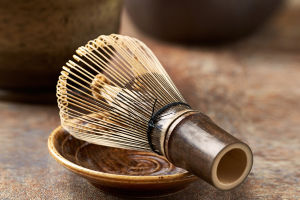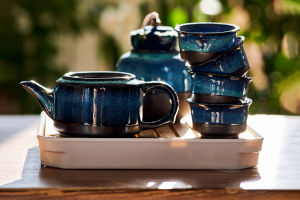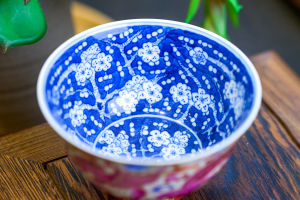Ceramics is an ancient and colorful craft that can be created using many different firing methods to create a wide variety of ceramic products.
Below are 9 common ceramic firing methods, each with its own unique characteristics and application areas.
1. High-temperature firing:
High-temperature firing is a common method for making hard, high-temperature-resistant ceramic products. Usually, the clay needs to be placed in a high-temperature furnace, with the temperature reaching over 1,300 degrees Celsius.
The ceramic products produced by this method are usually very hard and suitable for making porcelain, bricks, tiles, etc.
2. Low-temperature firing:
In contrast to high-temperature firing, low-temperature firing is usually performed between 800 degrees Celsius and 1100 degrees Celsius. This method is suitable for making underglaze-colored porcelain, ceramic enamel, and other ceramic products that require lower temperatures. Low-temperature firing can achieve colorful decorative effects.
3. Firing of ceramic body porcelain:
Ceramic porcelain is a special kind of ceramic whose firing method combines the characteristics of clay and porcelain stone. It is usually fired at a relatively low temperature, followed by glaze application and a second firing. This method is common in Japanese porcelain making.
4. Oxidation and firing:
Oxidative firing is a common firing method in which oxygen is sufficient. This method is often used to make bright-colored porcelain because the redox reaction keeps the color stable. Oxidation firing is commonly used in electric kilns and gas kilns.
5. Reduction and firing:
In contrast to oxidative firing, oxygen is limited during reduction firing. This method can produce special effects, such as celadon. Reduction firing is usually performed in a closed kiln to reduce the entry of oxygen, allowing for control of color and texture.
6. Wood kiln firing:
Wood kiln firing is a traditional firing method that typically uses wood as fuel in a large kiln. The ceramic products produced by this method often have natural, irregular textures and colors, which are very popular among potters.
7. Electric kiln firing:
Electric kiln firing is a common method in modern ceramic production, using electric heating wires to generate high temperatures. It has the advantages of precise temperature control and high production efficiency and is suitable for the mass production of various ceramic products.
8. Fibreboard firing:
Fibreboard firing is a very specific method that uses a fiberboard kiln for firing. This method is often used to create specially shaped and thin-walled ceramic items, such as ceramic sculptures and fireplace tiles.
9. Ceramic microcrystal firing:
Ceramic microcrystalline firing is an advanced ceramic production technology. It uses a special process to produce ceramics at low temperatures and then controls the crystallization process to give it a microcrystalline structure, which improves the transparency and hardness of the ceramic. This method is often used to create high-end ceramics such as jewelry and fine tableware.
Each firing method has its own unique characteristics and application areas, and ceramic makers can choose the appropriate method according to their needs to create a variety of ceramic products.
Different firing methods can produce different textures, colors, and textures, bringing endless possibilities to ceramic art.


